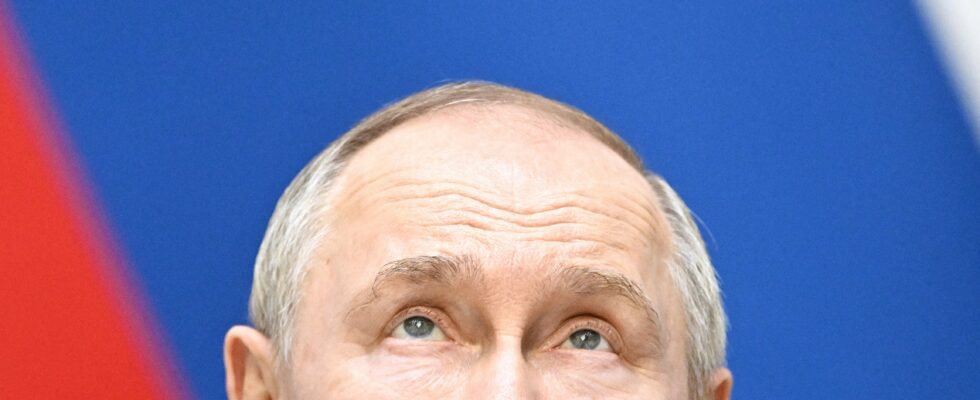In 2024, Russian military spending will reach 10.8 trillion rubles (around 106 billion euros), or 40% of the national budget. A war effort which is beginning to seriously weigh on state funds. Measures are needed. The Kremlin’s technocrats then worked in all directions to find a way to continue financing the war it was waging on the Ukrainian front. Several solutions are emerging, but one in particular is attractive: tapping into the wallets of the rich.
To announce his tax reform, Vladimir Putin, who had promised in March “a more equitable distribution of the tax burden towards those who have higher personal incomes”, relied on his Minister of Finance. Thus, Anton Silouanov threw a wrench in the pond by announcing this Wednesday, May 29, the establishment of a progressive income tax rate from 2025, with a bracketed system that seems straight from the box. from a member country of… the EU.
The introduction of a progressive tax
And for good reason, the progressive tax system has the advantage of targeting the richest, by levying more heavily on high incomes. Thus, people whose income is less than 2.4 million rubles (or around 24,500 euros) will continue to be taxed at 13%. The rate of 15%, partially in force since 2021, will however be extended to income ranging from 2.4 to 5 million rubles (51,000 euros). Finally, the levy level increases to 18% for income up to 20 million rubles (204,000 euros) and to 20% for income up to 50 million rubles (505,000 euros).
A real paradigm shift in this country where no tax reform has been carried out in more than ten years. This is why Vladimir Putin’s financier wanted to reassure Russians: only 3.2% of the working population, or two million people, will be affected by the tax reform. “The people who will be affected by these measures have had two good years and seem destined for another good year,” put into perspective Richard Connolly, expert on the Russian economy at Oxford Analytica, interviewed at the end of April by our colleagues at New York Times.
A rather popular reform
Tax the richest? A popular initiative in a country where 9% of the population lives below the poverty line. “They are not affected by the reform and approve of the fact that the government targets the richest,” assures Denis Volkov, the sociologist at the head of the independent polling institute Levada in our colleagues from Echoes.
The fact remains that for many observers, this reform is yet another show of force from the Russian president. “I think it’s a real sign of his ease,” Richard Connolly told New York Times. Indeed, if the measure is popular with the disadvantaged classes, it could well be poorly received by others. Firstly, the richest, hitherto subject to the “flat rate” set at 13%, and who could thus be tempted to flee Russia. But also the middle classes, part of which could well enter a higher bracket.
Finally, the companies which will also have to pay. Taxed until now at 20%, they will see their tax rate rise to 25%. A measure which, coupled with the introduction of a progressive tax scale for individuals, should bring in up to 2,600 billion rubles more, or the equivalent of some 26.5 billion euros per year. Enough to keep the Russian army afloat on the front? Nothing is less sure.
